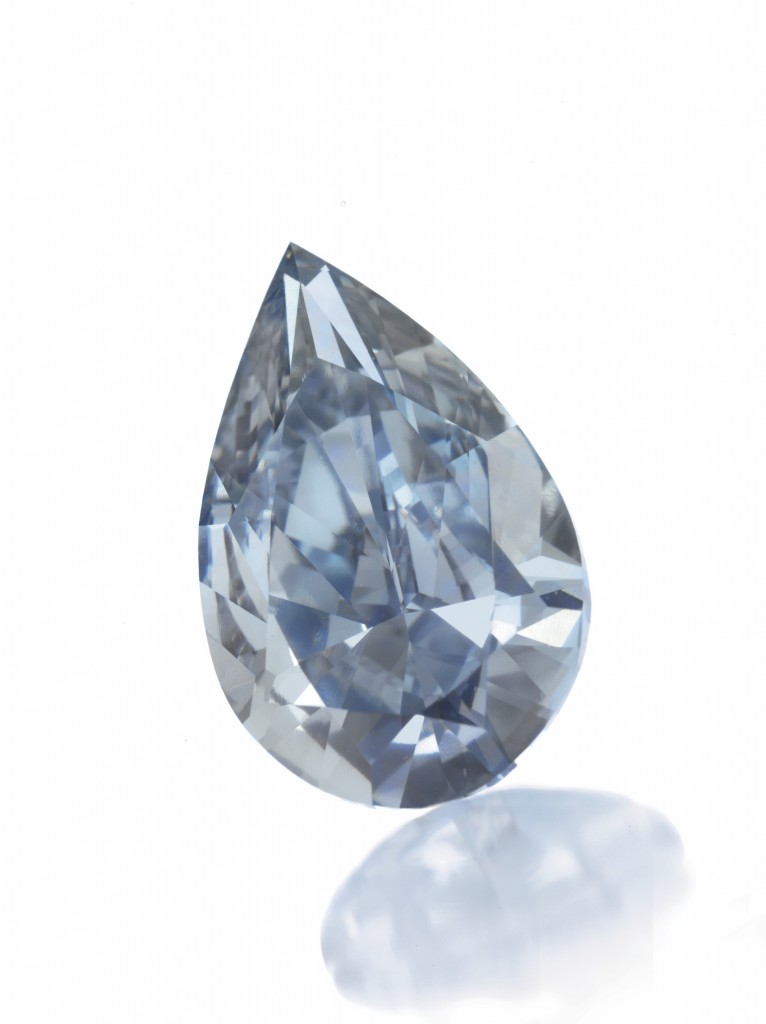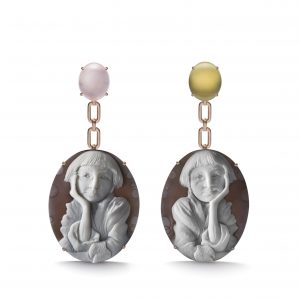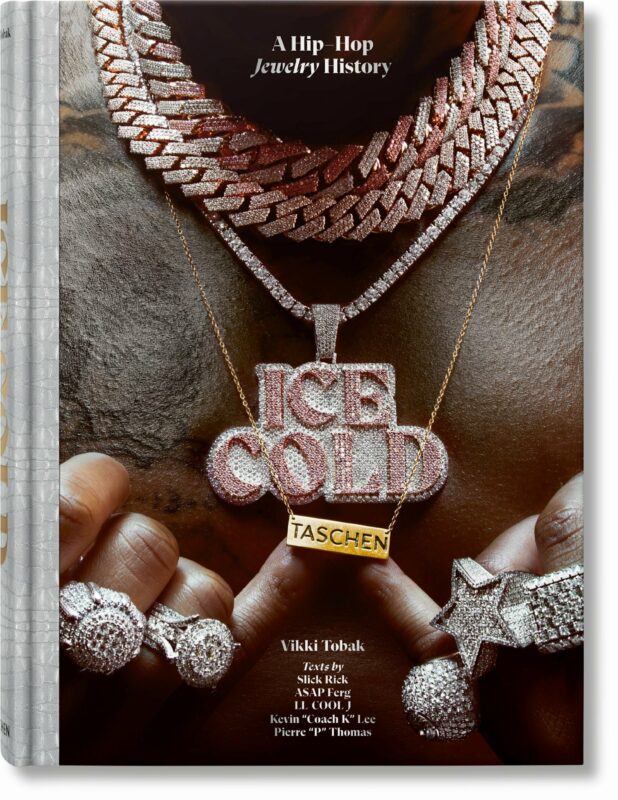
Lab-created diamonds have gained considerable popularity in recent years, offering a modern alternative to natural diamonds. These labgrown.com gems are chemically identical to their natural counterparts but produced in controlled environments using advanced technology. While they provide a more affordable and ethical option, some drawbacks exist.
When choosing between lab-created and natural diamonds, it is essential to weigh the pros and cons carefully. Lab-created diamonds can be a great fit for some people, but they may not be the ideal choice for everyone. This guide will explore the advantages and disadvantages of lab-created diamonds to help you make an informed decision.
Pros of Lab-created Diamonds
The value and use of lab-created diamonds cannot be overemphasized. They are without down precious gems to consider for your use. Here are some of the notable pros of lab diamonds:
- Cost-effectiveness
Lab-grown diamonds are typically 20% to 40% less expensive than natural diamonds. This makes them an appealing choice for consumers who want the sparkle and beauty of a diamond without the hefty price tag. The cost savings are mainly due to the shorter production time and lower mining costs, so you can often get a larger or higher quality diamond for the same price as a smaller natural stone.
- Ethical Sourcing
Lab-created diamonds are a popular option for individuals concerned about the ethical implications of diamond mining. Many natural diamonds, especially those from conflict zones, have been associated with human rights abuses and environmental destruction. In contrast, lab-grown diamonds are free from these ethical concerns. They come from controlled environments without involvement in exploitative labor practices or environmental degradation.
- Environmental Impact
Traditional diamond mining is a resource-intensive process that can cause significant ecological damage, including deforestation, water pollution, and habitat destruction. On the other hand, lab-grown diamonds require fewer natural resources and generate less environmental harm, making them a more eco-friendly option.
- Identical Appearance and Quality
Lab-created diamonds are virtually indistinguishable from natural diamonds. They are made of carbon atoms and exhibit the same optical properties. Even trained gemologists often have difficulty telling the difference without specialized equipment. This means you can enjoy a diamond’s brilliance, durability, and beauty without sacrificing quality or authenticity.
Cons of Lab-created Diamonds
Even with the pros of lab-created diamonds, you may want to consider some drawbacks. This will help you make an informed decision about these gems. In that case, here are the cons of lab-created diamonds:
- Resale Value
Unlike natural diamonds, which tend to retain or appreciate over time, lab-grown diamonds depreciate quickly. This is mainly due to their abundant supply and the fact that they are easier to produce.
- Emotional and Historical Significance
Some people place great emotional or historical value on natural diamonds. The idea that a diamond formed within the Earth’s crust over billions of years adds a certain allure and sense of wonder. For those who appreciate the rarity and uniqueness of natural diamonds, a lab-created diamond may lack that special significance.
- Market Perception
Despite their growing popularity, lab-created diamonds still face skepticism in the broader jewelry market. Some consumers and jewelers may view lab-grown diamonds as less prestigious or luxurious than natural stones. This perception can affect how others view your purchase, especially if you consider a lab-grown diamond for a significant life event like an engagement.
- Energy Consumption
While lab-created diamonds have a smaller environmental footprint than mined diamonds, they are not without their environmental costs. The production process requires significant energy, particularly in methods like High-Pressure, High Temperature (HPHT), and Chemical Vapor Deposition (CVD). Therefore, this may be a downfall on their side, primarily where renewable energy sources are not used.
Final Thoughts
Lab-created diamonds offer a range of benefits, including affordability, ethical sourcing, and reduced environmental impact. They provide the same visual appeal and durability as natural diamonds, making them popular for consumers seeking value and beauty. However, it is vital to consider the potential downsides, such as lower resale value, lack of historical significance, and energy consumption during production.
Ultimately, deciding between a lab-created and natural diamond depends on your priorities. Whether you value cost savings and ethics or place a premium on tradition and rarity, understanding the pros and cons will help guide you toward the diamond that best suits your needs.







